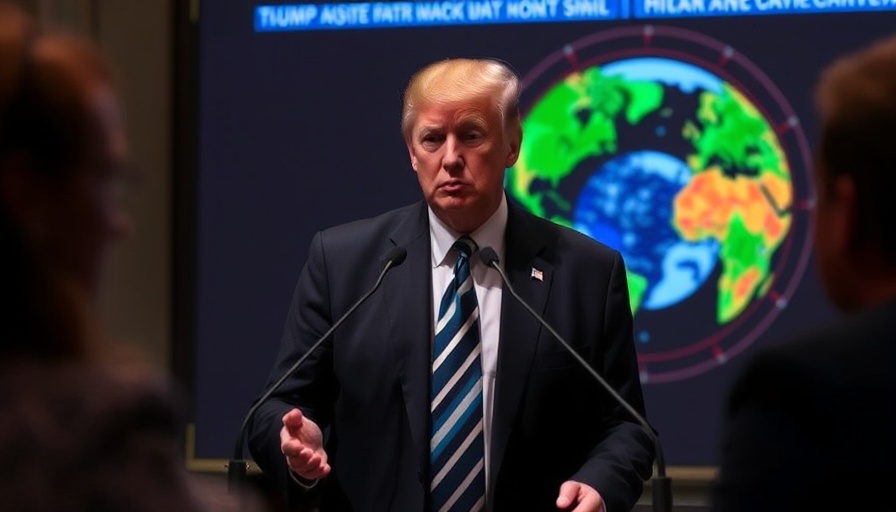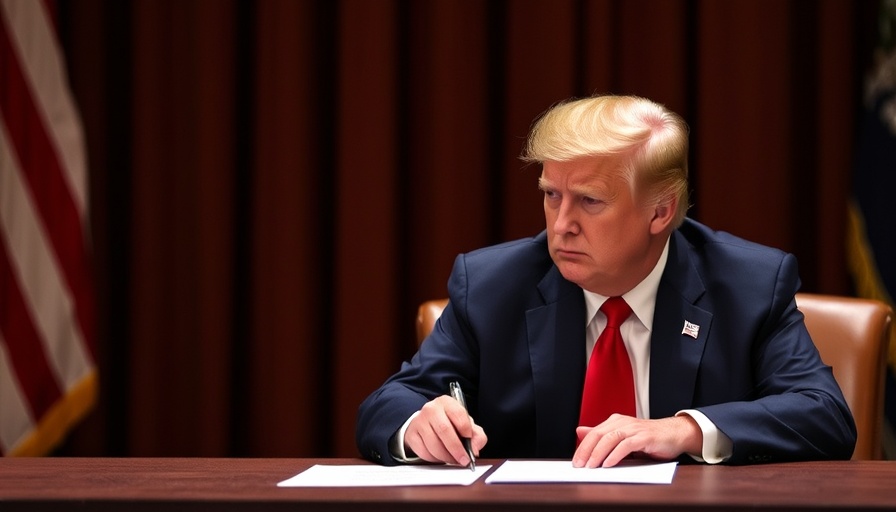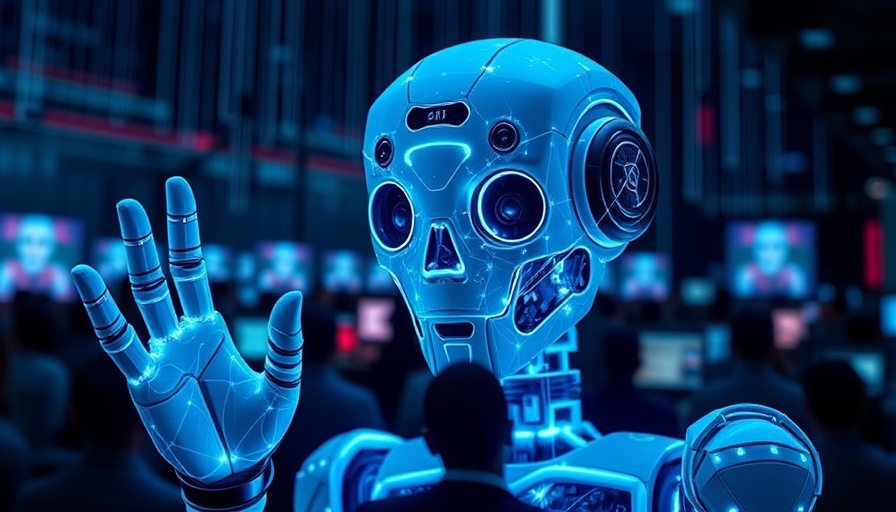
Trump’s New Order: A Shift in AI Technology Training
Recent AI developments have ignited debates on bias and censorship, particularly regarding how technology companies build their models. A striking example came from a group of Chinese firms like DeepSeek and Alibaba, whose AI systems were noted for avoiding any criticism of the Chinese Communist Party. As U.S. officials confirmed, such models reflect the regime’s ideologies, raising serious questions about data integrity and fairness.
Ideological Neutrality in Government Contracts
In response to these concerns, former President Donald Trump signed an executive order aiming to eliminate what he labels "woke AI" from government contracts. He defines this order as a necessary measure against what he claims to be pervasive and damaging ideologies in AI development, particularly those surrounding Diversity, Equity, and Inclusion (DEI) principles.
Trump’s statement during the signing event underscored his intent: “Once and for all, we are getting rid of woke.” The order warns that DEI considerations could distort AI outputs, especially related to race and gender. Observers caution that this could pressure developers to align their technologies with the administration's rhetoric for federal funding, potentially stifling innovation.
Navigating the Future of AI amidst Political Pressures
This executive order isn’t just a nationalist push against foreign competitors. It also indicates a strategic pivot towards enhancing AI infrastructure in the U.S., focusing on cutting through bureaucratic red tape while prioritizing national security. To many in the tech industry, this move may appear as an attempt to dictate the ideological underpinnings of new AI tools, thus affecting the broader competitive landscape against China’s rapid technological advancements.
The Impact on Emerging AI Developments
As disruptive innovations continuously reshape technology perspectives, Trump's anti-woke AI directive poses significant implications for future technology and the broader AI ecosystem. Developers and researchers now find themselves at a crossroads in balancing their creative autonomy with the evolving governmental narrative on what constitutes acceptable technology. There’s also a growing concern that this trend could cultivate a homogenized set of outputs that may not accurately reflect societal diversity or address various perspectives.
In conclusion, the intersection of politics and technology is a critical area of focus as we consider the future of AI development. The effects of such orders on the technology landscape remain to be fully seen, but they certainly introduce layers of complexity in how AI models are built and deployed for public use.
 Add Row
Add Row  Add
Add 




Write A Comment